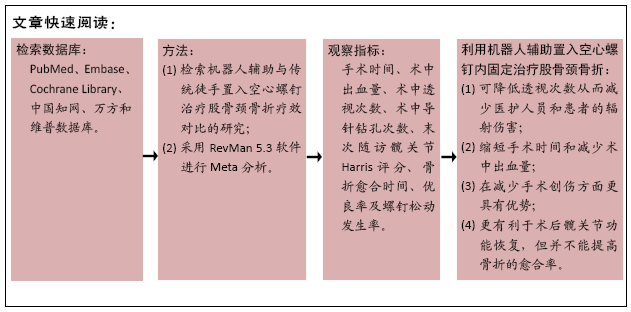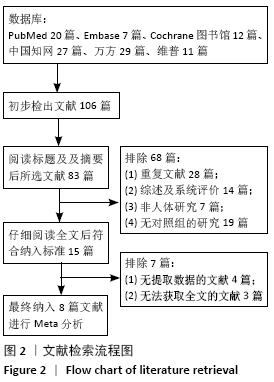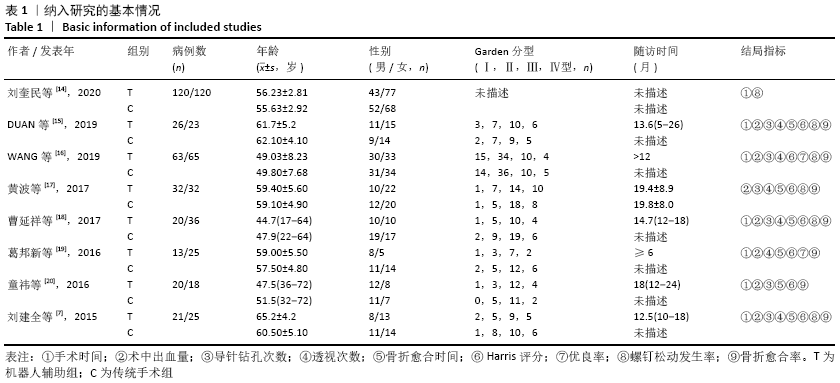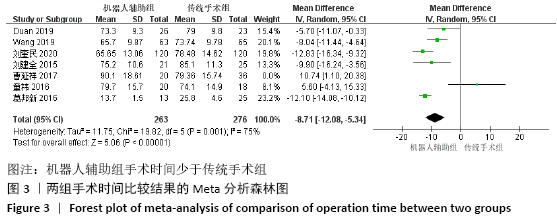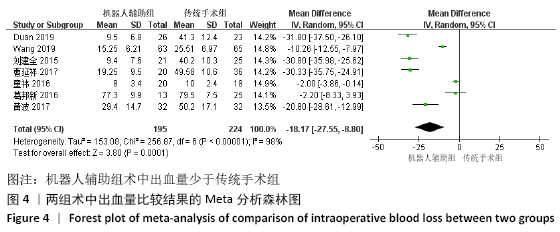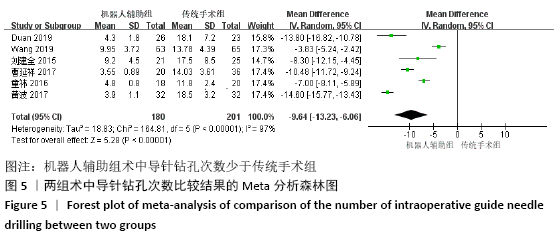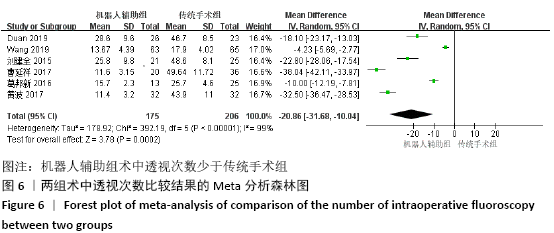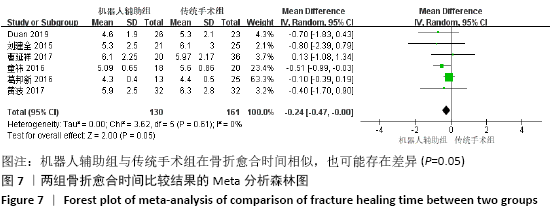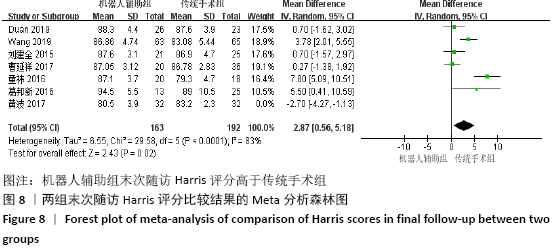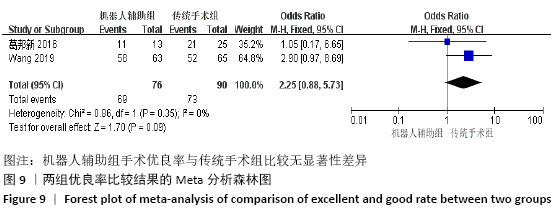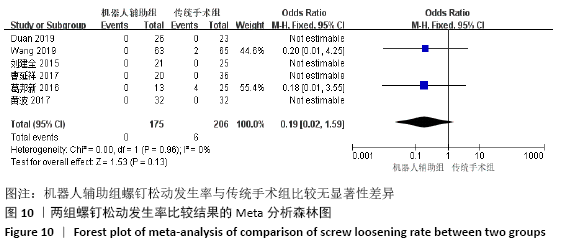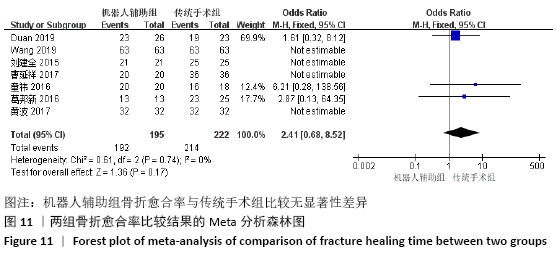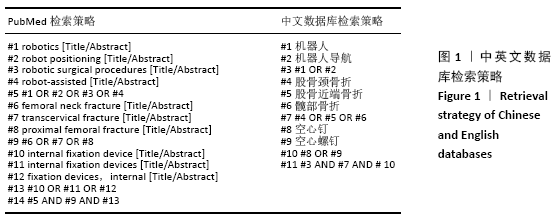[1] GROSSMAN DC, CURRY SJ, OWENS DK, et al. Vitamin D, calcium, or combined supplementation for the primary prevention of fractures in community-dwelling adults. JAMA. 2018;319(15):1592.
[2] THORNGREN KG, HOMMEL A, NORRMAN PO, et al. Epidemiology of femoral neck fractures. Injury. 2002;33 Suppl 3:C1-C7.
[3] PAUYO T, DRAGER J, ALBERS A, et al. Management of femoral neck fractures in the young patient: a critical analysis review. World J Orthop. 2014;5(3):204-217.
[4] SELVAN VT, OAKLEY MJ, RANGAN A, et al. Optimum configuration of cannulated hip screws for the fixation of intracapsular hip fractures: a biomechanical study. Injury. 2004;35(2):136-141.
[5] SONG J, DING H, HAN W, et al. A motion compensation method for bi-plane robot-assisted internal fixation surgery of a femur neck fracture. Proc Inst Mech Eng H. 2016;230(10):942-948.
[6] REGLING M, BLAU A, PROBE RA, et al. A motion compensation method for bi-plane robot-assisted internal fixation surgery of a femur neck fracture. Proc Inst Mech Eng H. 2016;230(10):942-948.
[7] 刘建全,刘黎军,黄俊锋,等.机器人导航定位系统辅助下经皮空心螺钉内固定治疗股骨颈骨折[J].中华创伤骨科杂志,2015,17(8):692-698.
[8] KARTHIK K, COLEGATE-STONE T, DASGUPTA P, et al. Robotic surgery in trauma and orthopaedics: a systematic review. Bone Joint J. 2015;97-B(3):292-299.
[9] ZHENG G, NOLTE LP. Computer-assisted orthopedic surgery: current state and future perspective. Front Surg. 2015;2(10):66.
[10] SCHEP NW, HEINTJES RJ, MARTENS EP, et al. Retrospective analysis of factors influencing the operative result after percutaneous osteosynthesis of intracapsular femoral neck fractures. Injury. 2004;35(10):1003-1009.
[11] 钱学峰,徐能,蒋富贵,等.经皮空心螺钉内固定治疗股骨颈骨折[J].中华创伤骨科杂志, 2013,15(5):453-454.
[12] RAAYMAKERS EL. Fractures of the femoral neck: a review and personal statement. Acta Chir Orthop Traumatol Cech. 2006;73(1):45-59.
[13] STANG A. Fractures of the femoral neck: a review and personal statement. Acta Chir Orthop Traumatol Cech. 2006;73(1):45-59.
[14] 刘奎民,姜传强,孙涛,等.天矶骨科手术机器人与传统手术治疗股骨颈骨折的直接经济负担比较[J].骨科临床与研究杂志,2020,5(3):143-145.
[15] DUAN SJ, LIU HS, WU WC, et al. Robot-assisted percutaneous cannulated screw fixation of femoral neck fractures: preliminary clinical results. Orthop Surg. 2019;11(1):34-41.
[16] WANG XD, LAN H, LI KN, et al. Treatment of femoral neck fractures with cannulated screw invasive internal fixation assisted by orthopaedic surgery robot positioning system. Orthop Surg. 2019;11(5):864-872.
[17] 黄波,荣绍远,李建华,等.双平面机器人导航辅助下空心钉内固定治疗股骨颈骨折[J].中华骨科杂志,2017,37(9):528-534.
[18] 曹延祥,赵燕鹏,胡磊,等.基于误差纠正算法的计算机辅助股骨颈骨折空心螺钉内固定系统的临床应用研究[J].中国修复重建外科杂志,2017,31(3):257-261.
[19] 葛邦新,段军富,王博,等.骨科机器人导航定位系统在股骨颈骨折空心螺钉内固定术中的应用价值[J].新乡医学院学报,2016,33(12): 1085-1087,1090.
[20] 童祎,罗晓中,吴刚,等.机器人导航下及传统经皮空心拉力螺钉内固定术治疗股骨颈骨折的疗效比较[J].中国修复重建外科杂志, 2016,30(6):685-689.
[21] 许新忠,常菁,余水生,等.股骨颈系统固定治疗股骨颈骨折的近期疗效分析[J].中华创伤骨科杂志,2020,22(7):624-627.
[22] 王军强,樊瑜波.计算机辅助骨科手术技术将改善股骨颈骨折治疗[J].中国骨伤,2018,31(2): 99-102.
[23] WANG JQ, ZHAO CP, SU YG, et al. Computer-assisted navigation systems for insertion of cannulated screws in femoral neck fractures: a comparison of bi-planar robot navigation with optoelectronic navigation in a Synbone hip model trial. Chin Med J. 2011;124(23):3906-3911.
[24] 赵春鹏,王军强,王豫,等.双平面骨科机器人系统辅助股骨颈骨折空心螺钉内固定术的实验研究[J].中华创伤骨科杂志,2006,8(1):50-55.
[25] 王满宜,危杰.股骨颈骨折临床研究的若干问题与新概念[J].中华创伤骨科杂志,2003,5(1):5-9.
[26] 吴静,茅金宝,孔祥云,等.导航与普通透视对手术室医务人员放射量的对比分析[J].医学影像学杂志,2013,23(10):1631-1634.
[27] GOSLING T, WESTPHAL R, HUFNER T, et al. Robot-assisted fracture reduction: a preliminary study in the femur shaft. Med Biol Eng Comput. 2005;43(1):115-120.
[28] ZLOWODZKI M, BRINK O, SWITZER J, et al. The effect of shortening and varus collapse of the femoral neck on function after fixation of intracapsular fracture of the hip: a multi-centre cohort study. J Bone Joint Surg Br. 2008;90(11):1487-1494.
[29] HE M, HAN W, ZHAO CP, et al. Evaluation of a bi-planar robot navigation system for insertion of cannulated screws in femoral neck fractures. Orthop Surg. 2019;11(3):373-379.
[30] FILIPOV O, GUEORGUIEV B. Unique stability of femoral neck fractures treated with the novel biplane double-supported screw fixation method: a biomechanical cadaver study. Injury. 2015;46(2):218-226.
[31] FILIPOV O, STOFFEL K, GUEORGUIEV B, et al. Femoral neck fracture osteosynthesis by the biplane double-supported screw fixation method (BDSF) reduces the risk of fixation failure: clinical outcomes in 207 patients. Arch Orthop Trauma Surg. 2017;137(6):779-788.
[32] 何猛,张腾,韩巍,等.双平面骨科机器人辅助股骨颈骨折空心钉内固定[J].骨科临床与研究杂志,2018,3(4):195-199.
|
